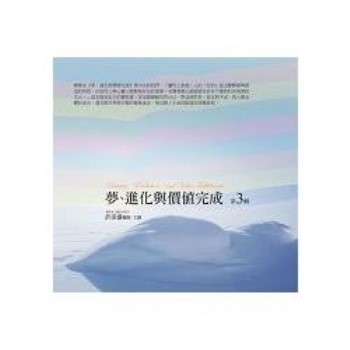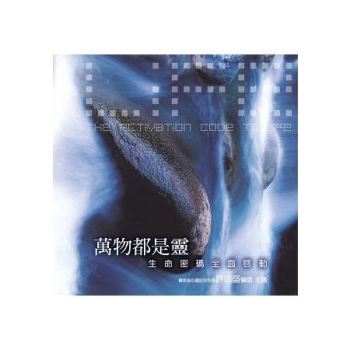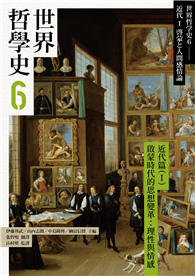In philosophy as in ordinary life, cause and effect are twin pillars on which much of our thought seems based. But almost a century ago, Bertrand Russell declared that modern physics leaves these pillars without foundations. Russell’s revolutionary conclusion was that "the law of causality is a relic of a bygone age, surviving, like the monarchy, only because it is erroneously supposed to do no harm".
Russell’s famous challenge remains unanswered. Despite dramatic advances in physics, the intervening century has taken us no closer to an explanation of how to find a place for causation in a world of the kind that physics reveals. In particular, we still have no satisfactory account of the directionality of causation -- the difference between cause and effect, and the fact that causes typically precede their effects. In this important collection of new essays, 13 leading scholars revisit Russell’s revolution, in search of reconciliation. The connecting theme in these essays is that to reconcile causation with physics, we need to put ourselves in the picture: we need to think about why creatures in our situation should present their world in causal terms.| FindBook |
有 1 項符合
Causation, Physics, And the Constitution of Reality: Russell’s Republic Revisited的圖書 |
 |
Causation, Physics, And the Constitution of Reality: Russell’s Republic Revisited 作者:Price 出版社:OUP Oxford 出版日期:2007-04-19 語言:英文 規格:精裝 / 416頁 / 23.4 x 15.5 x 2.3 cm / 普通級 |
| 圖書館借閱 |
| 國家圖書館 | 全國圖書書目資訊網 | 國立公共資訊圖書館 | 電子書服務平台 | MetaCat 跨館整合查詢 |
| 臺北市立圖書館 | 新北市立圖書館 | 基隆市公共圖書館 | 桃園市立圖書館 | 新竹縣公共圖書館 |
| 苗栗縣立圖書館 | 臺中市立圖書館 | 彰化縣公共圖書館 | 南投縣文化局 | 雲林縣公共圖書館 |
| 嘉義縣圖書館 | 臺南市立圖書館 | 高雄市立圖書館 | 屏東縣公共圖書館 | 宜蘭縣公共圖書館 |
| 花蓮縣文化局 | 臺東縣文化處 |
|
|
圖書介紹 - 資料來源:博客來 評分:
圖書名稱:Causation, Physics, And the Constitution of Reality: Russell’s Republic Revisited
|








